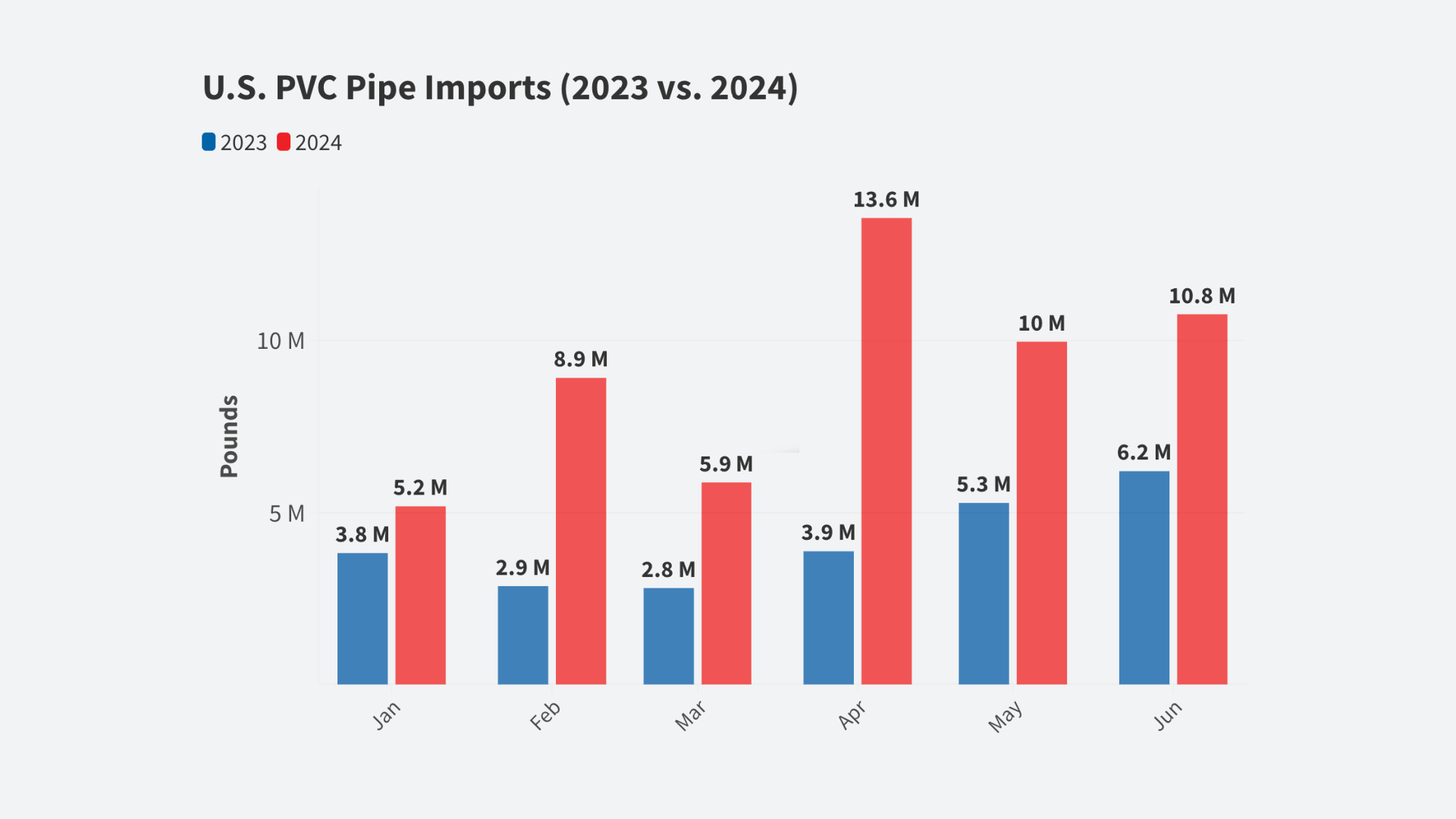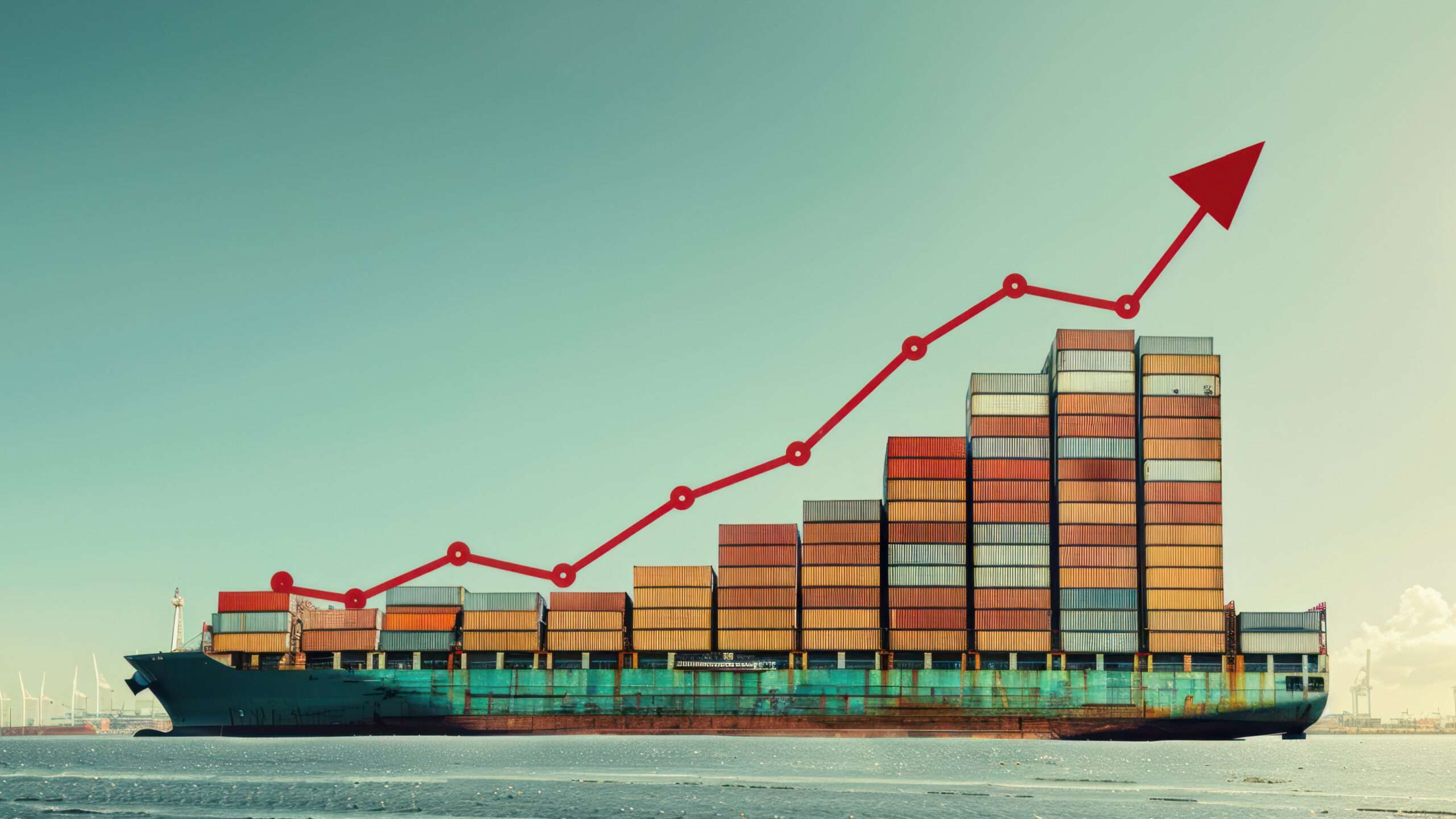by Michael Stumo
A trade reporter contacted me last week for comments about an article. In my response, I stated that our trade policy is causing us to have the economic profile of a third world country. The reporter asked why I said that. The email I sent in answer to that question is below.
—–
Here is more info than you want for an article, but I think is necessary to understand the dynamics.
1. Manufacturing in general is important because: manufacturing jobs pay more; manufacturing is a source of good jobs for non-college-educated workers; and manufacturing is the key driver of innovation—without manufacturing, non-manufacturing innovation jobs (for example, research and design) will not thrive.
2. Modern comparative advantage is created through technical innovation and capital investment. It is not “naturally bestowed” and geographically fixed like weather and soil conditions, which is still the model of neoclassical economists. Thus, those who innovate create their own comparative advantage and thus gain the industry and jobs that go with them.
3. Manufacturing productivity increases are high in relation to the service sector. William Baumol, the famous economist, noted this in relation to the Baumol Effect. Consider manufacturing: You can hand knit one sweater an hour, and then add capital equipment and innovative technology to knit 1000 sweaters an hour. Compare to services: You cannot increase from writing one article an hour, then add capital equipment and innovative technology to write 1000 articles per hour.
3.1. Productivity increases justifies paying higher wages because workers produce more per unit and thus more revenue per worker. If productivity does not increase, then higher wages are not justified.
3.2. Advanced manufacturing has a lot of innovation and productivity in front of it to capture, and wages can thus increase. Non-advanced manufacturing (for lack of a better term) is more mature and innovation/productivity gains have slowed. So wages will be less. Service sector productivity gains are inherently low because of the nature of services, so wage gains generally do not occur because revenue per worker does not increase very much.
3.3. Services sector as a disproportionate part of the economy is unhealthy: “The transfer of resources from manufacturing to services provides a structural change burden in the form of Baumol’s disease. As the share of the service sector increases, aggregate per capita growth will tend to slow down. Developing countries with higher shares of manufacturing and lower shares of services will show faster growth than the advanced service economies.” https://www.wider.unu.edu/publication/manufacturing-still-main-engine-growth-developing-countries
4. Retired Chief Economist of NIST, Greg Tassey, wrote in 2010:
4.1 Paul Samuelson, the famous economist, observed that ‘‘invention abroad that gives to [other countries] some of the comparative advantage that had belonged to the United States can induce for the United States permanent lost per capita real income’’ (Samuelson 2004, p. 137).
4.2. “In contrast, with mainstream economists arguing that ‘‘fair free trade’’ more or less automatically benefits all trading partners through ‘‘negotiated’’ specialization, the media have picked up on this conventional wisdom, thereby reinforcing out-of-date economic doctrine.”
5. What is a third world country? “Despite ever evolving definitions… these are the developing and technologically less advanced nations of Asia, Africa, Oceania, and Latin America. “ http://www.nationsonline.org/oneworld/third_world_countries.htm
– Poor nations are those perceived as having a comparative advantage in labor intensive industries and raw materials.
6. The whole supply chain matters for economic/industrial strength, innovation and growth: Greg Tassey wrote in the Journal of Technology Transfer in 2010 the following:
“Most important, and unfortunately least understood, is the fact that the dynamics of changing comparative advantages among nations is not accurately explained by examining individual technologies and industries. Most modern technologies are systems, which means interdependencies exist among a set of industries that contribute advanced materials, various components, subsystems, manufacturing systems, and eventually service systems based on sets of manufactured hardware and software. The modern global economy is therefore constructed around supply chains, whose tiers (industries) interact in complex ways. In the US economy, one supply chain after another has been hollowed out by increasing foreign competition. Most of these losses have been in manufacturing. In spite of arguments to the contrary, partial domestic supply chains often have increasing trouble competing globally. This proposition is complex, varying among technologies and hence high-tech supply chain. However, it is a real phenomenon that is receiving little analysis.
More specifically, loss of competitiveness in a single tier within a supply chain is not an isolated event. The sources of technology in the modern economy and the interdependencies among technology-based industries explain why the United States needs a manufacturing sector and why this sector requires a substantial restructuring and expansion through investment in advanced technology. Specifically, a high-tech manufacturing sector is essential for the following reasons:
(1) Bureau of Labor Statistics data clearly show that high-tech workers in general are
paid substantially more than workers in other occupations; therefore, the high-income
economy must be the high-tech economy and this includes a competitive manufacturing
sector, as it contains many of the most R&D-intensive industries.
(2) Manufacturing still contributes $1.6 trillion to GDP and employs 13 million workers.
Allowing this sector to decline further requires strong guarantees that high-tech (i.e.,
equal or better paying) service jobs will appear to replace the lost manufacturing
ones.
(3) The majority of trade is still in products; thus, for the foreseeable future, the US
economy cannot remove the huge and persistent overall trade deficit by relying on
services.













